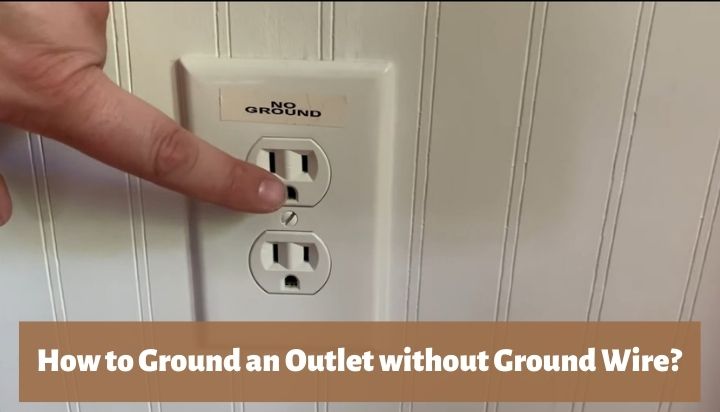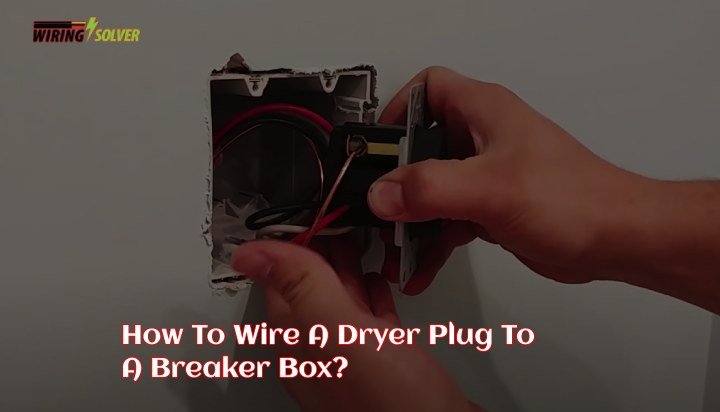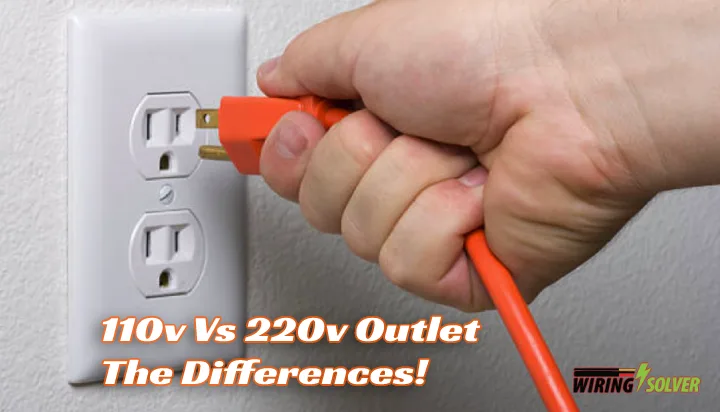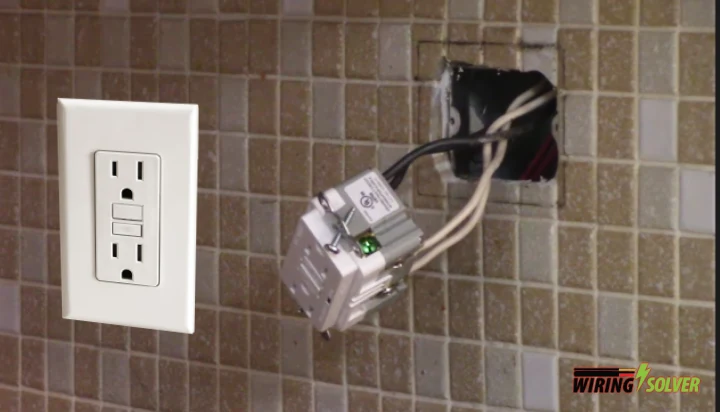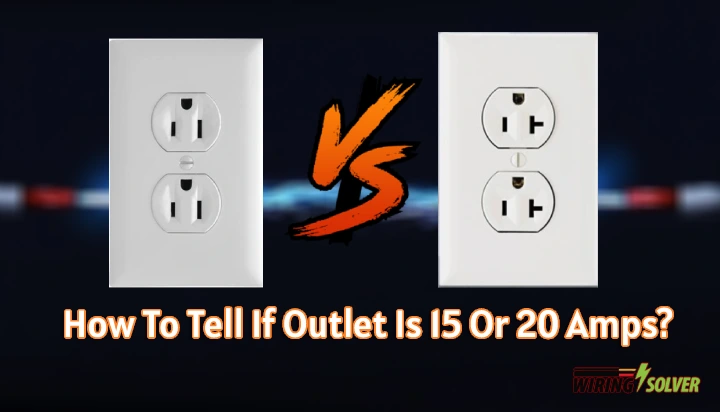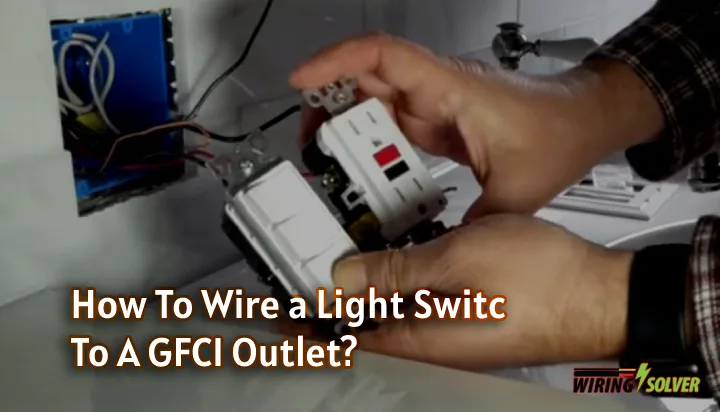Extension cords can be very handy in electrical wiring or plugging. It helps to bring forth an outlet close to a desired place. But how can we wire the extension cord to the outlet?
Well, it is very simple. We have to connect one side of the extension cord to the outlet. The connection should be made keeping the correct wires in the correct terminals. The other side of the extension cord will then be connected to the live line.
The task can be done in some variety of ways. Let’s discuss them at a glance.
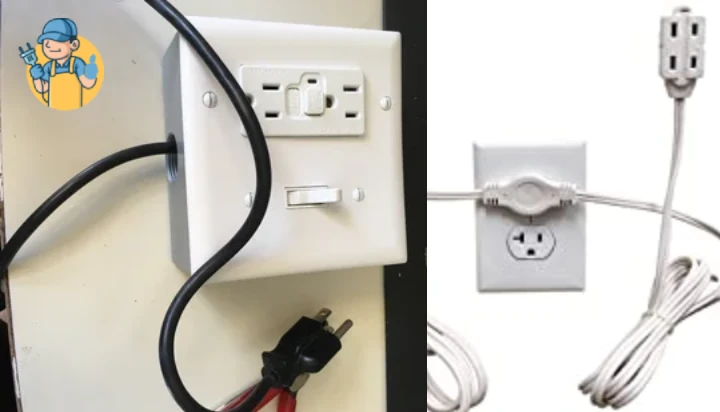
What Is An Extension Cord?
It is mainly a connecting wire. That connects an outlet to the live line. Thus we can extend the range of the outlet according to the length of the extension cable used. Fig-1 shows a common type of extension cord.
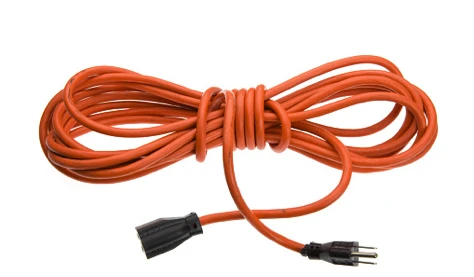
There are different types of extension cord. Like- the type of ports on the sides of the cable may differ. Some cords may not have ports or the ports can be cut off before connecting with the wires inside it. But the purpose of the cord is quite the same.
Why Do We Need Extension Cords?
Mainly we use extension cords to extend the range of an outlet or device that is using electricity. In general, we have fixed outlets in our house. So, to plug in a device we need to reach to outlet. In many cases it is not flexible. In such situations extension cords can be very helpful.
Let’s say, you are resting in your room and your phone is out of battery. You do not have an outlet near your bed. So, either you have to choose to charge your battery and rest alone in bed. Or you can get out of bed, get close to the outlet and charge your phone while using it.
Such problems occur in our day to day life, right? So, here’s the solution for you. Just use an extension cable to bring the outlet close to you. And you can rest as well as charge the phone.
I am going to tell you everything you need to know about how to wire such an extension cable to the outlet.
How Does An Extension Cord Works?
Extension cord works just like all other cables, one of the sides is connected to the terminals of the outlet. And the other side of the cord in plugged or connected to the live wire set. Thus it carries current to the outlet.
To use it without err, we have to know about the purpose of the wires inside it. And what are they called.
Normally extension cord has three wires inside it. They are:
- Line wire, that carries the phase current
- Neutral wire, it completes the circuit by carrying the currents from the device to ground.
- Ground wire, in 3 wire ports it is connected to the ground separately. It carries the extra currents from the body of the electrical apparatus. Thus keeping the device safe from extra current flow.
How To Choose The Right Extension Cord?
Choosing the right cord is a very important step. The things we should consider to determine the cord we need:
- We need to keep an eye on the length of the extension cable, which is a primary concern. The length depends on the range of the outlet you demand.
- Another thing is the current capacity of the extension cord. The maximum current flow through the outlet must not exceed the current capacity of the cord. Otherwise there are chances of spark and fires in the cable.
- If you are using an extension cord with plugs on both sides, then you must select a suitable plug according the ones available in your place.
Types of extension cords available:
To choose the right cord we need to know what kind of cords are available in the market. The extension cords are marked by an US term ‘gauge’.
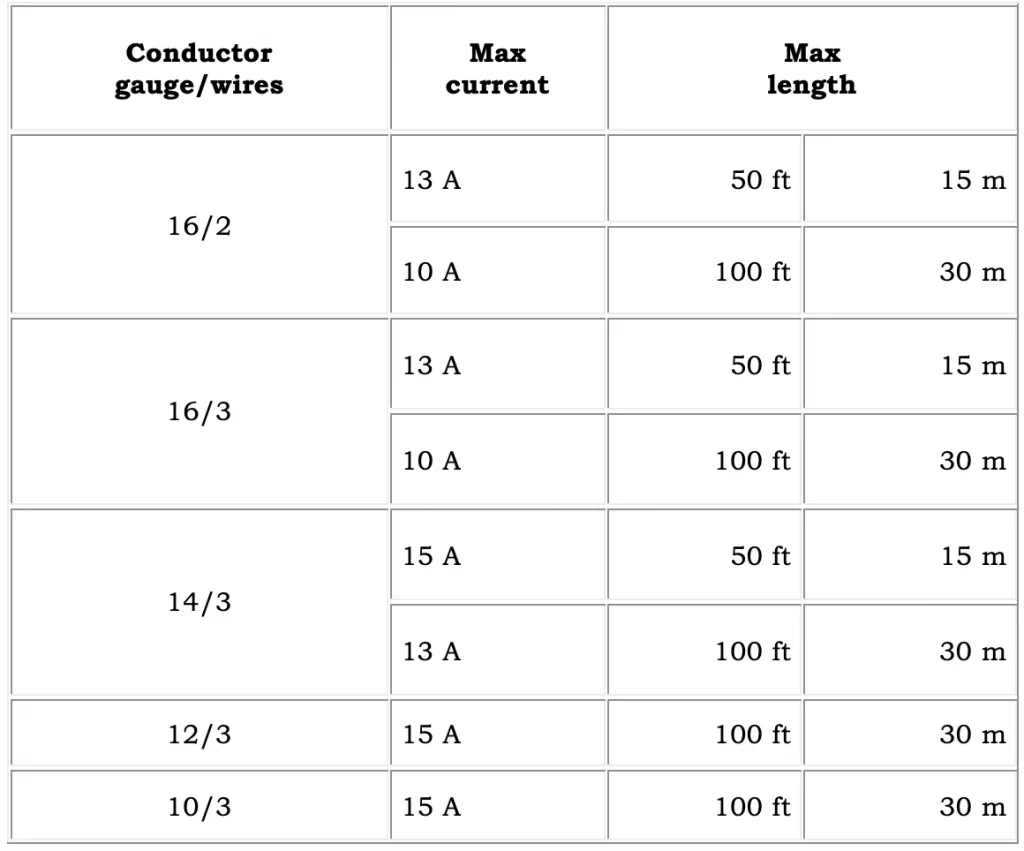
A chart is shown here. The left column shows the conductor gauge and the number of wires in the extension cord. Max current is the current capacity. The max length also depends on the gauge as there is a specific length for each gauge.
How To Wire The Extension Cord To An Outlet?
Wiring an extension cord is not a tough work. It can be done in several ways. At first, we have to identify the wires inside the cord. Then we have to connect the wires of the cord to the same terminals of the outlet. The other side of the cord will be connected to the line.
One way to connect the cord to outlet is that we can cut the port of one side of the cord and bring out the wires. The wires are then connected to the outlet. Let’s see it step by step:
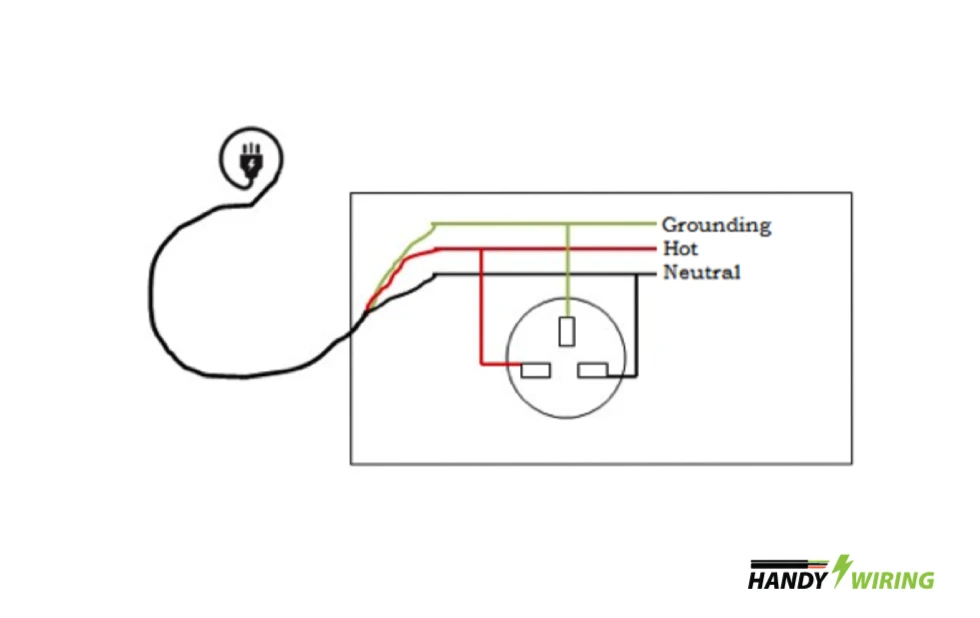
Procedures:
As shown in fig-2, the extension cord is connected to the outlet by taking out the wires and connected them to the wires of the outlet inside
Step:1: Cut one side of the cord and bring out the copper wires of the cord.
Step: 2: Open the outlet and see the configuration. Make sure to switch off the power line before opening it.
Step: 3: Identify the wires- Line, neutral and grounding. Generally, they are colored in red, black and green respectively. In many countries the line wire is colored in white.
Step: 4: Connect the line, neutral and grounding wires of the extension cord to the same wires of the outlet.
Alternative procedure:
You can follow another procedure. The basic tasks are the same. But you can keep the cord uncut. You just have to put a male port receptor for the female port of the extension cord in the body of the outlet box. The male port will be connected to the wires inside the outlet
Precautions You Must Take:
- Always remember to turn off the main switch or breaker of the outlet you are working on.
- Before touching any wire, use a tester to check if there is any current available there.
- Wear dry shoes to avoid being short circuited.
- While working with electricity, never use wet hands of keep water by you.
- Use the proper color wires for more safety.
Conclusion
This article covers a very familiar thing that you may face any time. Hopefully, you are now capable of solving it on your own. Choosing the correct extension cord for your outlet, you can wire it whenever necessary. It feels good to be self-depending, right?
Now try designing your own electric facilities. To see more similar experiments go through our articles. Thank you.

